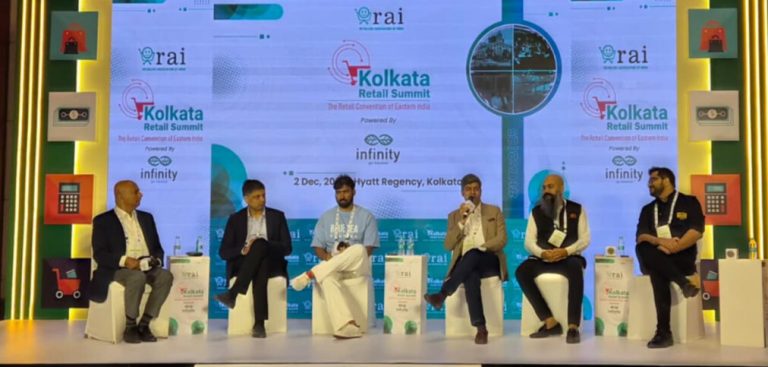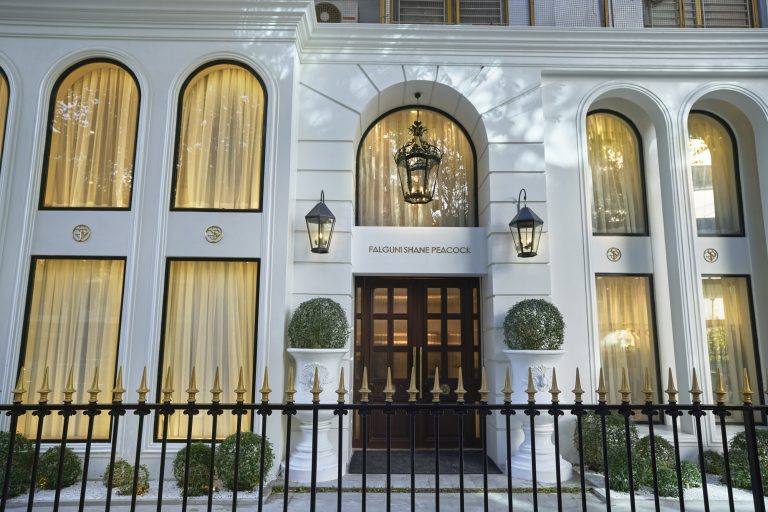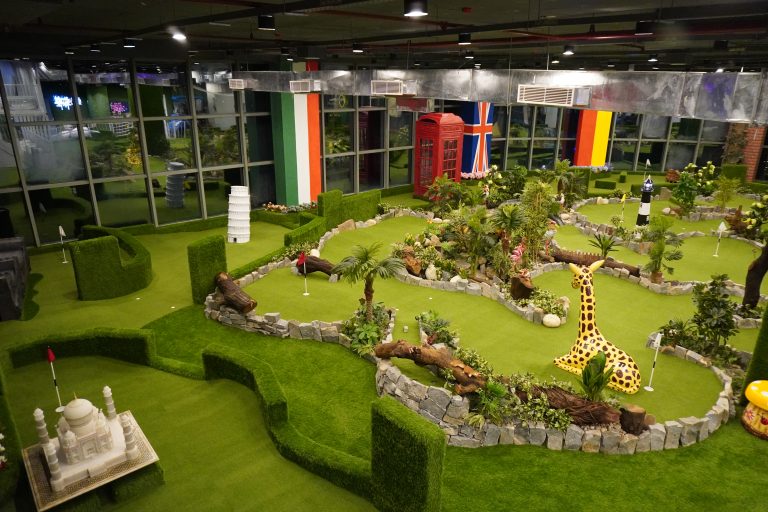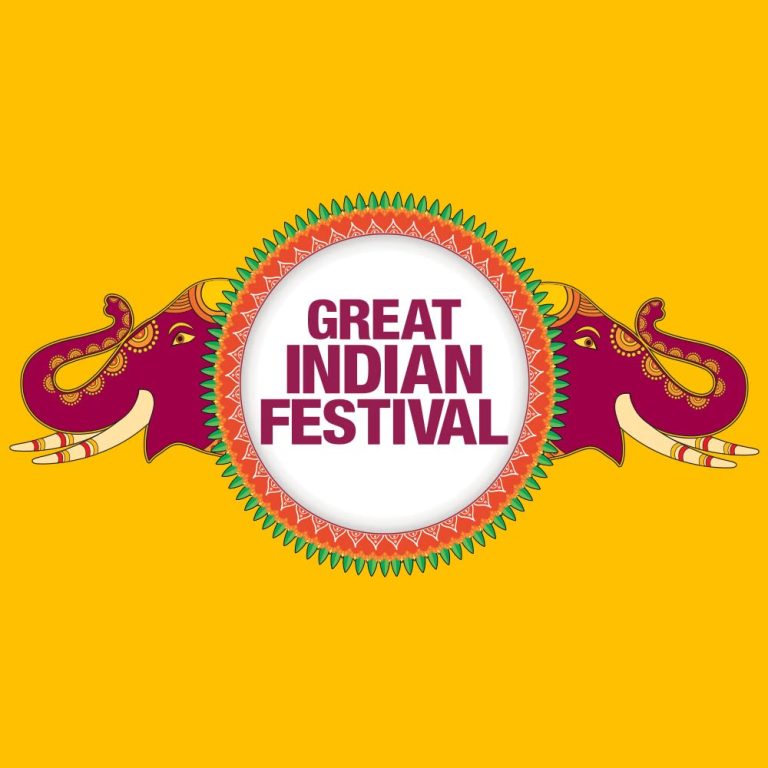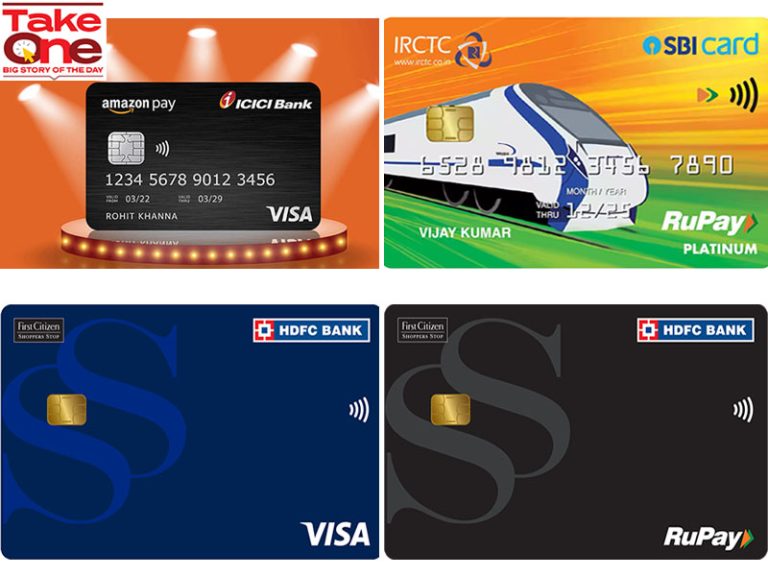Since the opening of the first shopping mall in 1956, the number of shopping malls has grown exponentially in almost every city worldwide. Shopping malls have their roots in ancient markets where people used to purchase goods from local farmers, artisans, and traders.
By Staff Reporter | 10 February, 2023 | 1700 hours

Malls are transforming into engaging places where people can do much more than just shopping.
Today, shopping malls’ design, function, and purpose have changed. The shopping malls as we know them now have not only become the one-stop shopping solution but a place for entertainment and cultural interactions.
While shopping malls offer several facilities to visitors; the malls are currently struggling with lower footfall. The rise of eCommerce shopping and the increasing popularity of direct-to-customer businesses are eroding mall traffic. The pressure of the current shopping culture poses a threat to the mall culture.
However, this has pushed mall developers and builders to innovate. Mall developers upgraded their business models to counter the effect of eCommerce by adding advanced facilities to enhance customer experience.
In addition, many retailers are also capitalizing on new and innovative ideas like Buy Online Pick up in Store (BOPIS) and curb side pickups to improve the customer shopping experience.
Malls are transforming into engaging places where people can do much more than just shopping. Today, people are enjoying more immersive experiences through state-of-the-art facilities like gaming zones, movie theatres, amusement parks, hotels, food courts, and many more. Malls also incorporate community aspects by including spaces for farmer markets, local initiatives, concerts, and other events.
“Food, Hospitality, and Entertainment are central in driving the modern mall to become a “Lifestyle Destination” of choice; a mixed-use development that is made up of beautiful spaces and delicious food and beverage choices. We used to photograph buildings and now photograph food because it looks so good.”
– Francis Loughran, Managing Director of Future Food
It’s been more than a decade since organised retail came up in India. In the early phase of development, it was just restricted to plaza culture. Post 2003, mall culture started multiplying in the metro cities, and India started becoming the hub of organised retail. The modern Indian retail industry has gone through a plethora of changes to attain the stature that it has now. This article shows the way forward to establish successful retail and real estate synergies.
The organized retail trend started in India in 1999 with the launch of Ansal’s Plaza in Delhi, which was followed by Crossroads in Mumbai and Spencer Plaza in Chennai. Until the end of 2002, only three shopping malls existed in India. Post 2003, mall culture started multiplying in the metros. Cities like Mumbai, Bangalore, Kolkata, Chennai readily accepted the mall culture and so began a trend that was to catch on extremely fast.

The next half decade went well for the retail-real estate synergy. The year 2007-08 saw a huge growth rate in mall space all over the country.
Definition: Mall Culture
Every facility is given in these places to satisfy the customer. In a shopping mall their main expectation is to help their customers to have an enjoyable shopping time. It means that the customer will not have to face any issues, like facing problems. It will solve the parking problems.
Growth of Mall Culture in India
It was the time when malls gained popularity and started growing in numbers. Many big cities of India, for example, Bangalore, Delhi, Chennai, Mumbai, and Kolkata started seeing a multiplication of mall culture. The period between the emergence of malls and 2008 went very well and saw a humungous growth in mall space.
Factors are responsible for the spread of mall in India
The location of the mall is of foremost importance as it is directly related to the catchment of the mall. Catchment refers to the type of customers and their purchasing power. Therefore, better location implies better catchment. Catchment further helps in filtering the brands that would perform in that location.
The mall was originally conceived of as a community center where people would converge for shopping, cultural activity, and social interaction (Gruen & Smith, 1960). It is safe to say that the mall has achieved and surpassed those early expectations. In today’s consumer culture the mall is the center of the universe.
A common strategy to attract customers is to offer promotions both in stores and online. These could include not only special deals such as “buy one, get one free” but also codes that people can share with friends to earn rewards.
Beginning of Shopping Mall in India
The first shopping mall in India was launched in 1999 by Ansal’s Plaza in Delhi followed by Crossroads in Mumbai and Spencer Plaza in Chennai. After 2003 Malls starts multiplying in metro cities like Mumbai, Delhi, Kolkata, Bangaluru, Chennai, Hyderabad, Pune and tier two cities like Gurugram, Noida, Ghaziabad etc.
Growth of East India Retail Market
The East Indian retail market has been on a growth trajectory since the evolution of new Millennials population. Analysts have attributed this upward swing to the evolving middle-class, rising disposable incomes and growing aspirations for improved living standards, especially among the Millennials.
The region is at the cusp of transforming from a traditional customer base into a brand conscious, product-savvy market. Its young generation is shopping and demanding both fashion and quality along with value for money spent from retailers…
There is a new entrant on the leading retail regions’ list in the country – East India. The region, comprising of West Bengal, Bihar, Odisha, Jharkhand, Chhattisgarh and Assam has shown great potential in as far as the retail industry is concerned if the recent growth and development is anything to go by. No longer a silent observer in the retail race, East India is breaking all barriers to emerge at the top of the retail game, across all channels. Kolkata – the third-largest metropolitan area in the country and also the capital of Bengal – is the proud face of East Indian retail.
Some of the growth drivers of the region include a burgeoning, aspirational population, the proximity of Bangladesh – a country of 13 crore+ consumers – as well as the South-East Asian markets. Another reason why the region is fast emerging as a vibrant business centre is the fact that the Kolkata and the Haldia ports act as gateways to landlocked countries like Nepal and Bhutan.
Cities like Durgapur, Bhubaneswar, Patna, Ranchi, Jamshedpur, Bokaro, Guwahati, Cuttack, Siliguri, Brahmapur, Rourkela, Sambalpur, Puri, Bhagalpur, Gaya and Muzaffarpur are rapidly following in Kolkata’s footsteps, gaining ground as retail hubs.
Many of these urban areas are already in the process of becoming smart cities (an urban renewal and retrofitting program by the Government of India) which in result poses a major opportunity for the retail industry to create new milestones.
